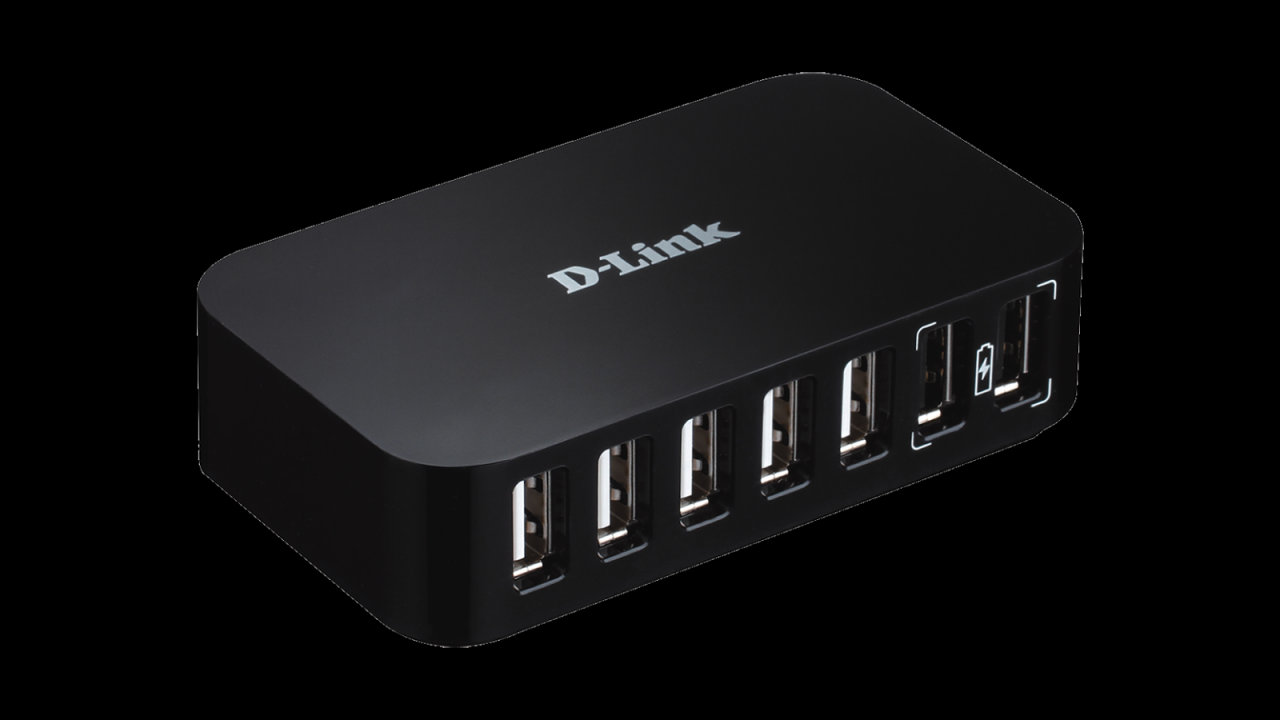
The hub definition provides a foundation for comprehending the significance and multifaceted nature of hubs. These entities serve as central points of connection, facilitating the flow of information, resources, and activity across diverse networks and systems.
Hubs play a pivotal role in various contexts, from communication networks to transportation systems and social networks. Their common characteristics and functions, as well as the advantages and disadvantages associated with their use, will be thoroughly explored in this comprehensive guide.
Core Definition of a Hub

A hub, in its most fundamental sense, refers to a central point or node that serves as a focal point for the connection and distribution of information, resources, or entities. It acts as a conduit, facilitating the flow and exchange of data or goods.
Hubs manifest in various forms, depending on the context in which they are employed. In the realm of communication networks, a hub serves as a central connection point for multiple devices or network segments, allowing them to communicate and exchange data.
Within transportation systems, hubs play a crucial role as central terminals or intermodal facilities. They provide seamless connectivity and transfer points for different modes of transportation, such as airports, train stations, or bus terminals.
In the context of social networks, hubs emerge as individuals or groups that hold a significant number of connections and influence within the network. They serve as conduits of information and facilitate communication and collaboration among members.
Hubs in Communication Networks
In the realm of communication networks, hubs act as central connection points for multiple devices or network segments. They facilitate data transmission and exchange by providing a shared medium or interface for communication.
Hubs operate at the physical layer of the network, typically using a star topology. Devices connect to the hub through individual ports, forming a central point of convergence. The hub then forwards data packets received from one device to all other connected devices.
Hubs come in various types, including active hubs, which amplify and regenerate signals, and passive hubs, which simply provide a physical connection without signal amplification.
Hubs in Transportation Systems
Within transportation systems, hubs serve as central terminals or intermodal facilities that connect different modes of transportation. They provide seamless transfer points for passengers and goods, enabling efficient movement and distribution.
Transportation hubs encompass a wide range of facilities, including airports, train stations, bus terminals, and seaports. They offer a centralized location for passengers to transfer between different modes of transportation, such as planes, trains, buses, and ferries.
Hubs in transportation systems play a vital role in facilitating long-distance travel, international trade, and the movement of goods and services.
Hubs in Social Networks, Hub definition
In the context of social networks, hubs emerge as individuals or groups that hold a significant number of connections and influence within the network. They serve as conduits of information and facilitate communication and collaboration among members.
Hubs in social networks can be identified through various metrics, such as the number of followers, connections, or interactions. They often hold positions of authority, expertise, or popularity within the network.
Hubs play a crucial role in shaping the flow of information and shaping opinions within social networks. They can influence the spread of ideas, promote collaboration, and facilitate the formation of communities.
Outcome Summary

As technology continues to evolve, the concept of hubs will undoubtedly undergo further refinement and expansion. Future applications of hubs hold immense promise for enhancing connectivity, efficiency, and collaboration across a wide range of domains.
FAQ Summary: Hub Definition
What is the primary function of a hub?
A hub serves as a central point of connection, facilitating the exchange of data, resources, or activity between multiple devices or entities.
What are some examples of hubs in different contexts?
In communication networks, hubs connect devices to a network; in transportation systems, they serve as central points for the movement of goods and people; and in social networks, they represent individuals or groups with a high number of connections.
What are the advantages of using hubs?
Hubs offer benefits such as centralized control, increased efficiency, and improved scalability in various applications.





